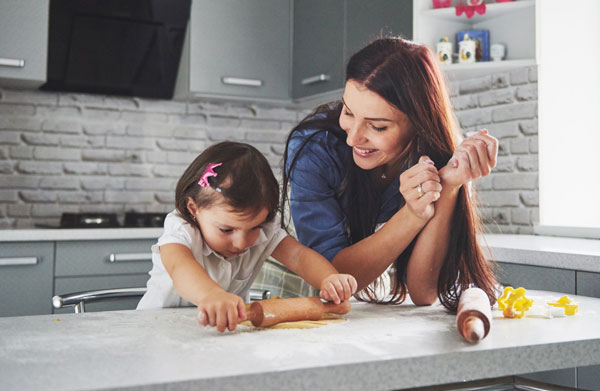by Dr. Jenna Del Valle
Sometimes it can be difficult for your child to understand feelings of sadness and discuss it with a parent. In addition, it can be a challenge to recognize sadness or symptoms of depression in your child and further have healthy coping strategies in hand to address emotional struggles. Below, I will discuss ways that caregivers can address symptoms of depression with their child, and options for implementing healthy coping strategies.
Table of Contents
Identifying Sadness In Your Child
One strategy to begin this process is having frequent conversations with your child. It will be helpful for you to get a sense of your child’s triggers and what may have happened recently to cause a shift in mood, avoidance, or disengagement. Overall, I believe it’s great to consistently check in with your child each day so that you’re creating a habit around communication. This can be done in the car after school or during dinner time. Throughout these engagements, you will likely be able to address possible triggers or experiences before they become more problematic for your child. A few important tools to address low mood or sadness include behavioral activation, socializing, and relaxation skills.
Strategies To Address Sadness
Behavioral Activation
Behavioral activation is an increase in scheduling enjoyable activities to improve mood as sometimes sadness in children can cause them to avoid previously enjoyable activities. The activities do not have to be elaborate, but simple activities such as playing outside, family game night, or even baking together can be really helpful. The important thing is to schedule the activities frequently.
Relaxation Skills
Relaxation skills are also very important as they will teach your child healthy ways to manage stress. Relaxation skills such as deep breathing, mindfulness, and journaling are great ways to manage stress, and practicing them frequently will provide greater benefits. Another idea for journaling includes creating a gratitude journal. I really like gratitude journals for children as it can improve your mood and outlook by encouraging you to focus on what went well that day. Simply recognizing the positives of the day can build a healthier mindset, in addition to putting things into perspective.
Routine
Another great strategy to help support your child through a rough time is maintaining a steady routine. Think of a routine as having a daily outline, and try to start slow if routines are challenging. For example, start by creating a routine for mealtime and bedtime. Routines help your child predict their day, manage expectations, and reduce stress.
If you want more information about helping children understand and address sadness and learning ways to help your child manage sadness/depression then please contact Dr. Jenna Del Valle to set up a consultation for child therapy.


